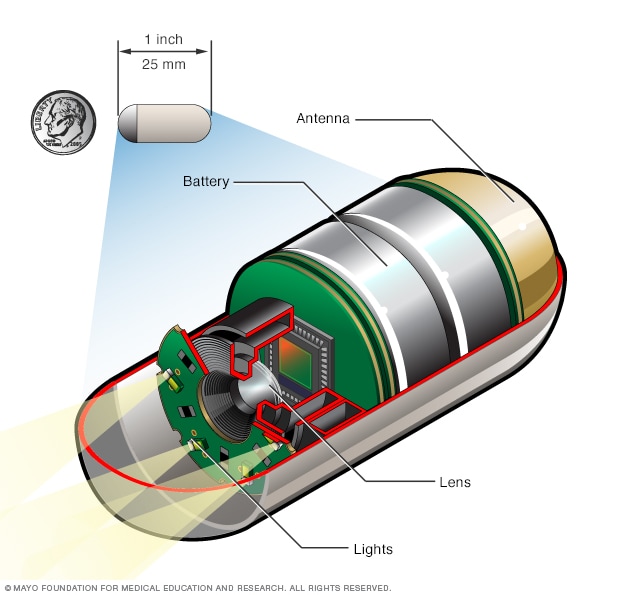Who discovered Capsule endoscopy?
The human body has an average 8-meter-long intestine. If you encounter a problem with your digestive system, it is not easy to find the source of this problem on such a long tissue. This is where the capsule endoscopy method comes to the aid of doctors.

In the conventional endoscopy method, a fiber optic tube is inserted. A camera at the end of this tube captures the image of the intestinal walls and the images are transmitted to the television via fiber optic cable. This method may cause some discomfort to the patient because the cable passes through the patient's throat and remains in the patient's body until the procedure is concluded.

As digital camera technology developed and the size of digital cameras became smaller thanks to this development, an alternative to the ordinary endoscopy method was born. In the Baltimore, Maryland area, Dr. The world's first wireless capsule endoscopy system was invented in 1985, thanks to a method developed by a team led by Tarun Mullik. A camera in the capsule is used for the early detection of vascular lesions, tumors, celiac disease and Crohn's disease, because it is not easy to detect the symptoms of this disease in ordinary endoscopy methods. The size of the capsule with this camera is no bigger than a vitamin pill.
